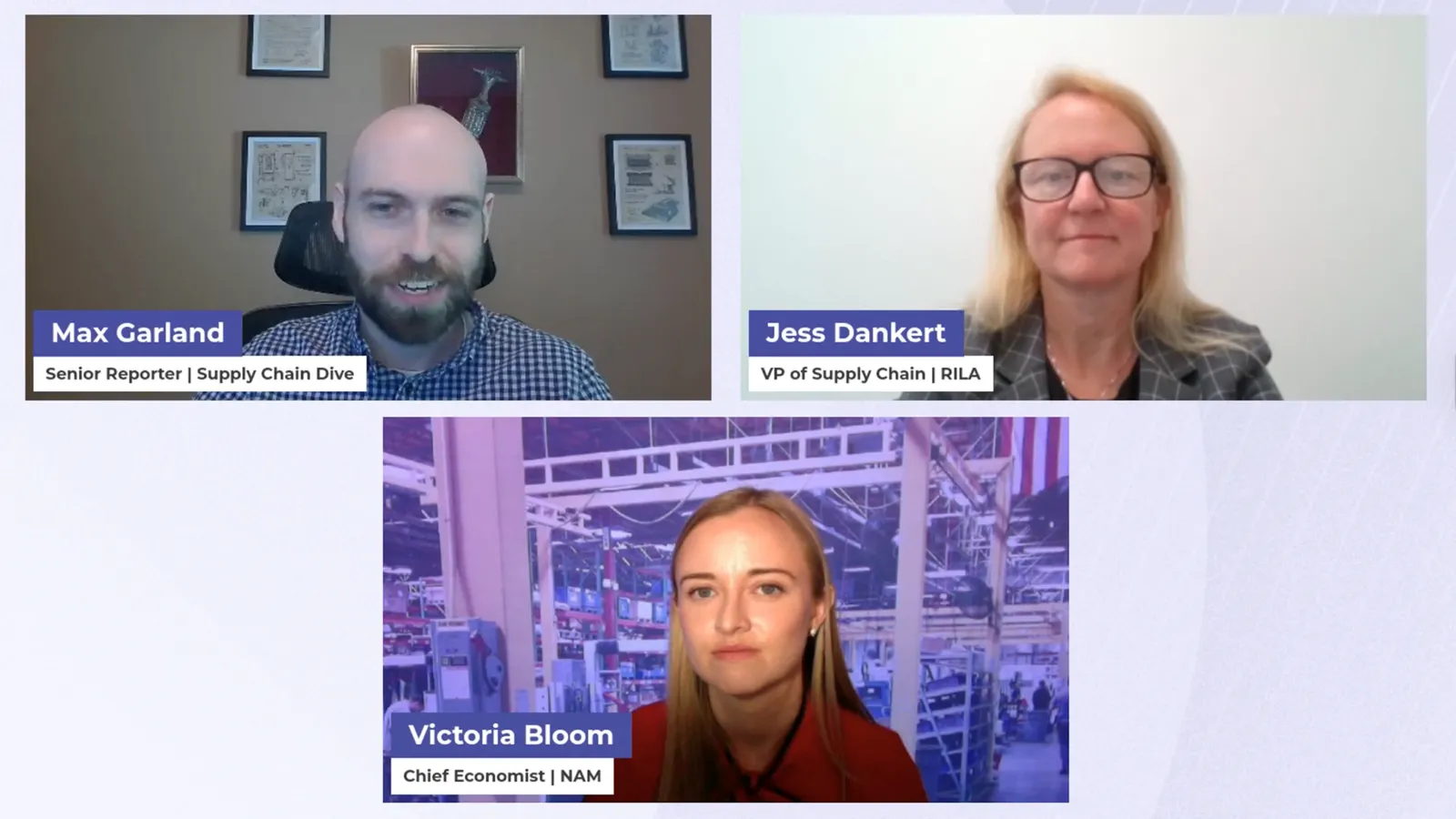Economic Outlook in 2025
The economy is currently facing challenges as trade uncertainty casts a shadow over productivity and employment levels. Panelists shared insights on these pressing issues during a recent Supply Chain Outlook event. With the prospects for the second half of 2025 under scrutiny, these discussions highlighted critical trends that could influence supply chains and logistics as we move forward.
The Challenge of Trade Policy
An unstable trade policy environment has evolved into one of the most significant challenges affecting supply chain efficiency and economic productivity. Panelists emphasized that changes in trade policy are not just administrative hurdles; they are vital components that can drive sectors like manufacturing and logistics into a standstill. Victoria Bloom, a leading economist from the National Association of Manufacturers, pointed out that after some promising growth early this year, the economic engine appears to be stalling.
Manufacturing’s Role in the Economy
In the context of the U.S. economy, manufacturing represents approximately 10% of the gross domestic product (GDP). The National Institute of Standards and Technology has reported substantial contributions from manufacturing, indicating that every dollar invested in this sector generates an impressive $2.69 in economic activity. This ripple effect underlines the importance of a robust manufacturing base as a driver for the overall economy. However, with productivity showing signs of stagnation—production output only rising by a minuscule 0.1% recently—there are concerns about the sustainability of this growth.
Analyzing Recent Trends
There are clear indicators of hesitance within the manufacturing sector, particularly in terms of hiring and inventory levels. For instance, the Bureau of Labor Statistics reported a loss of 15,000 jobs within the sector in May and June combined. Job openings have also seen a drastic decrease, plummeting by 28% year-on-year. The manufacturing landscape is cluttered with challenges, such as manufacturers being caught in a wait-and-see approach to new tariffs, further complicating future forecasts.
The Inventory Puzzle
As manufacturers grapple with fluctuating demands, inventory levels are another area of concern. While there was a slight uptick in inventory during May, the overall levels remain flat, which puts more pressure on supply chains. Some unique products, like rare earth magnets, have seen pre-emptive purchasing, but this is not reflective of the broader industry trend.
Cost Management Strategies
With rising costs attributed to tariffs and freight pressures, companies are forced to devise contingency plans and build buffers in their supply chains. This ultimately raises the bottom line for many businesses, where increased uncertainty equates to greater costs. Jess Dankert from the Retail Industry Leaders Association metaphorically labeled the current situation as “kryptonite for supply chains,” affecting operational efficiency at various levels. Determining how to effectively navigate these challenges will be crucial for future success.
Staying Prepared for Changes
In these unpredictable times, constant vigilance is essential. Experts advise businesses to monitor developments closely and utilize resources provided by trade associations to stay updated on impending tariff changes. Companies that can pivot and prepare for these shifts stand a better chance of weathering the financial storm.
Navigating through Uncertainty
Victoria Bloom asserts that the best-equipped companies will not merely ride out the turbulence but will skillfully navigate through it. Building resilience into supply chains and having flexible transport solutions can lead to success even amidst uncertainty. Here, platforms like GetTransport.com play a pivotal role by offering diverse and affordable transportation solutions for everything from cargo deliveries to household moves.
Sammanfattning
The interplay of trade policies and economic strength significantly shapes the landscape of logistics and supply chain management. As growth stalls amidst uncertainty, businesses must remain proactive. Complete reliance on historical trends may not suffice for the future. The current state invites both caution and an opportunity to innovate. By focusing on flexible logistics solutions and efficient transportation strategies, businesses can position themselves strategically for whatever lies ahead.
Slutliga tankar
As we reflect on the issues at hand, it is crucial to recognize that seeing expert forecasts and nuanced trends may present a clearer picture than relying solely on anecdotal experiences. GetTransport.com stands tall in addressing these logistical challenges by providing a versatile platform for efficient cargo transportation at competitive rates. By leveraging the services GetTransport.com offers, businesses can navigate complexities, reduce operational costs, and meet their distribution needs head-on. Remember, planning ahead can make all the difference—Book your Ride with GetTransport.com idag!

 Ekonomin stagnerar mitt i handelsinstabilitet: En närmare titt">
Ekonomin stagnerar mitt i handelsinstabilitet: En närmare titt">